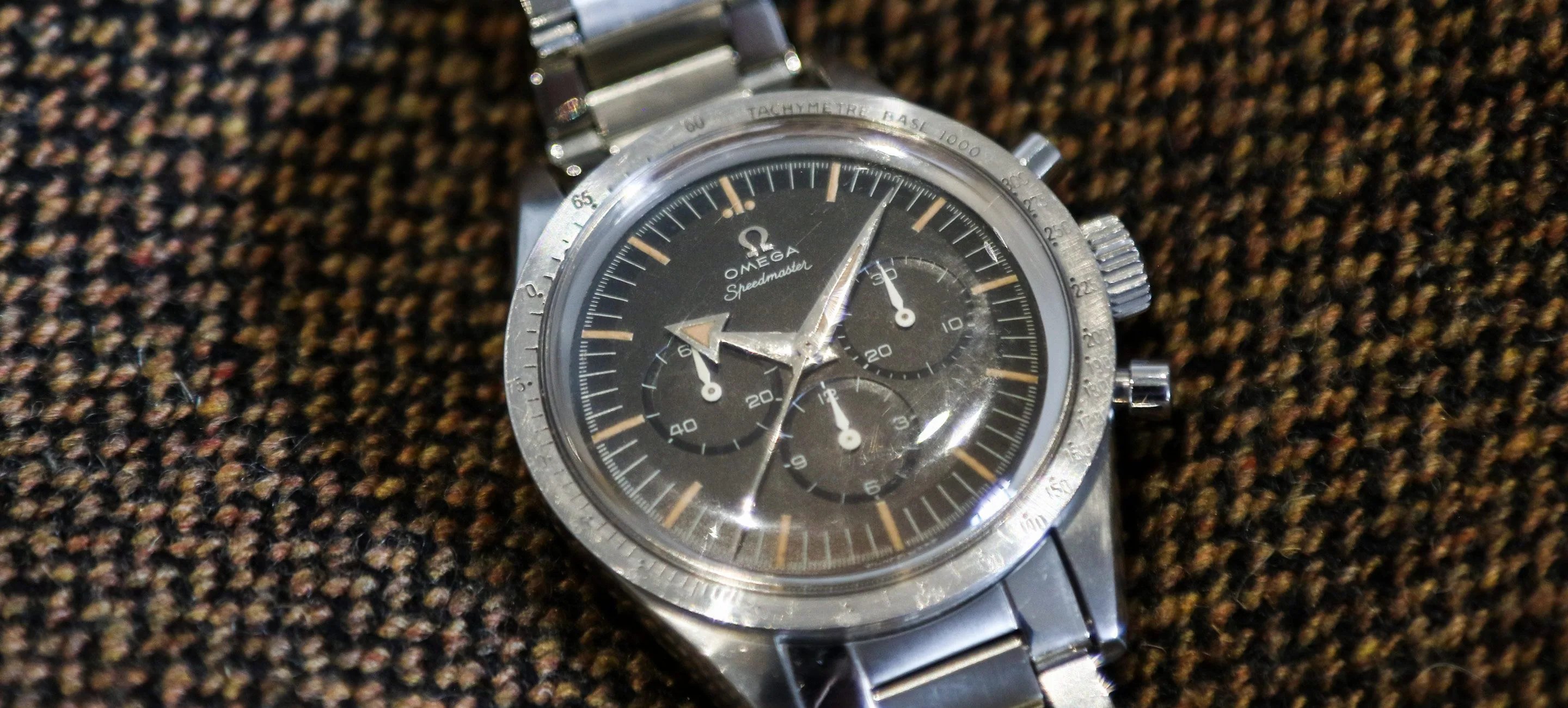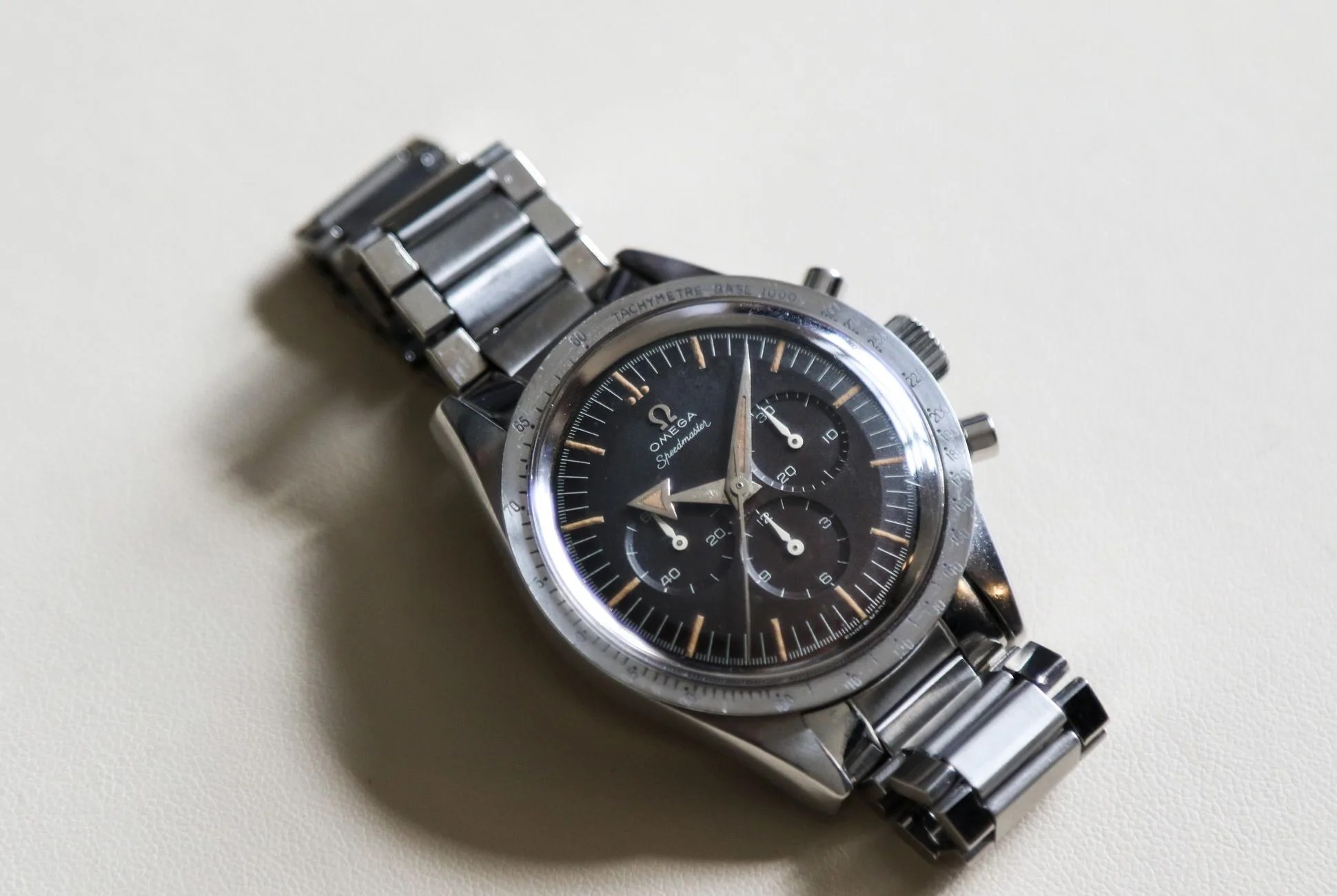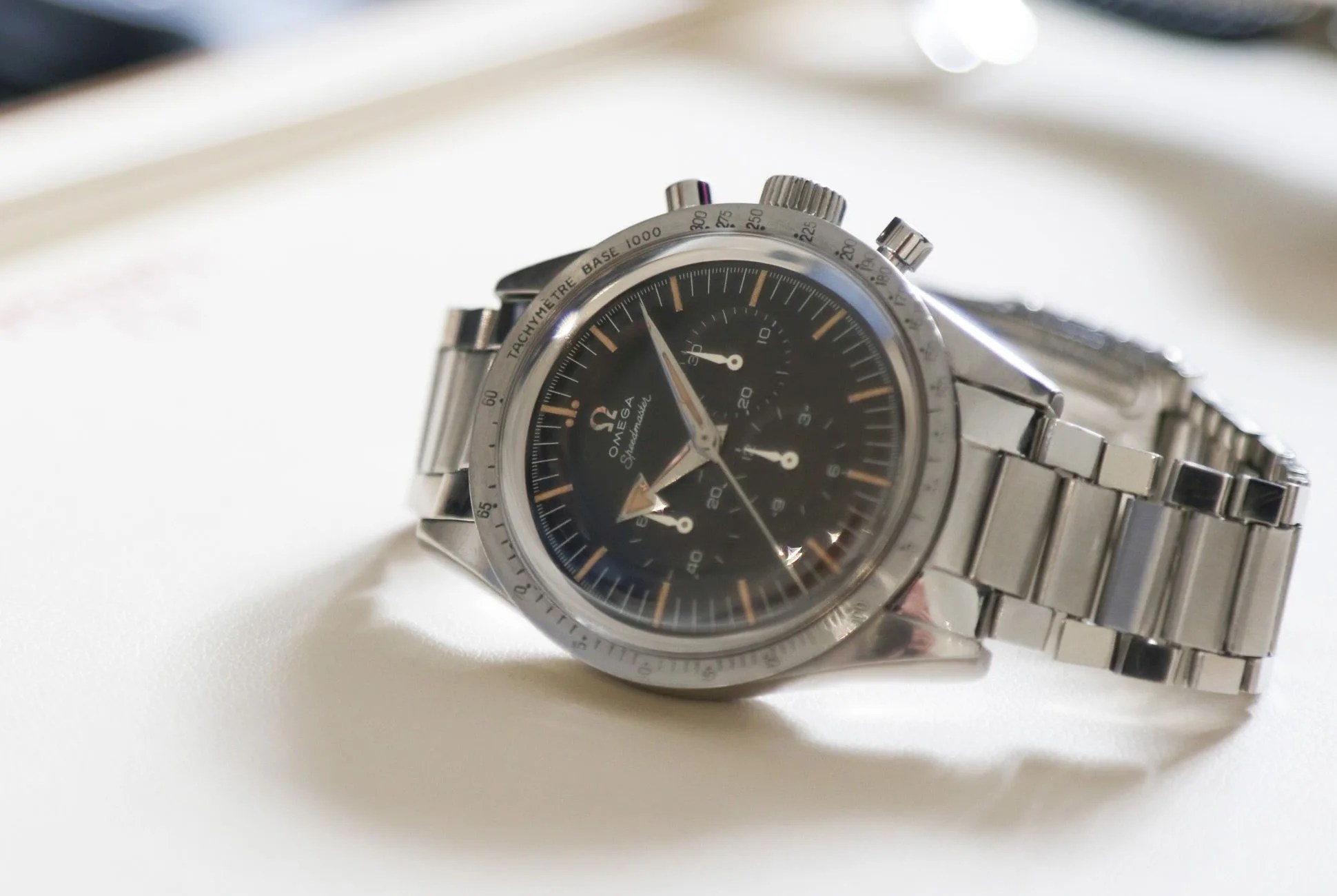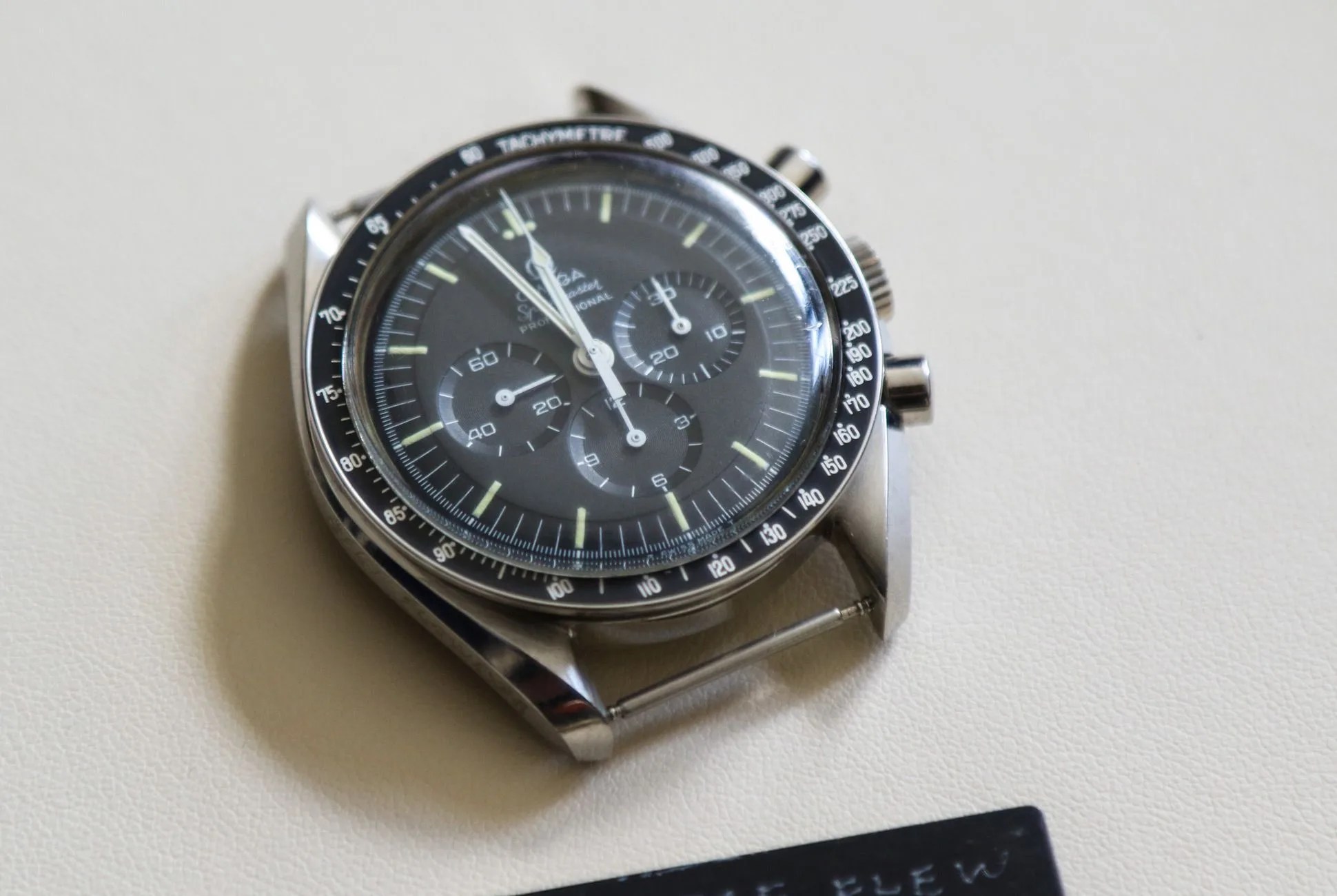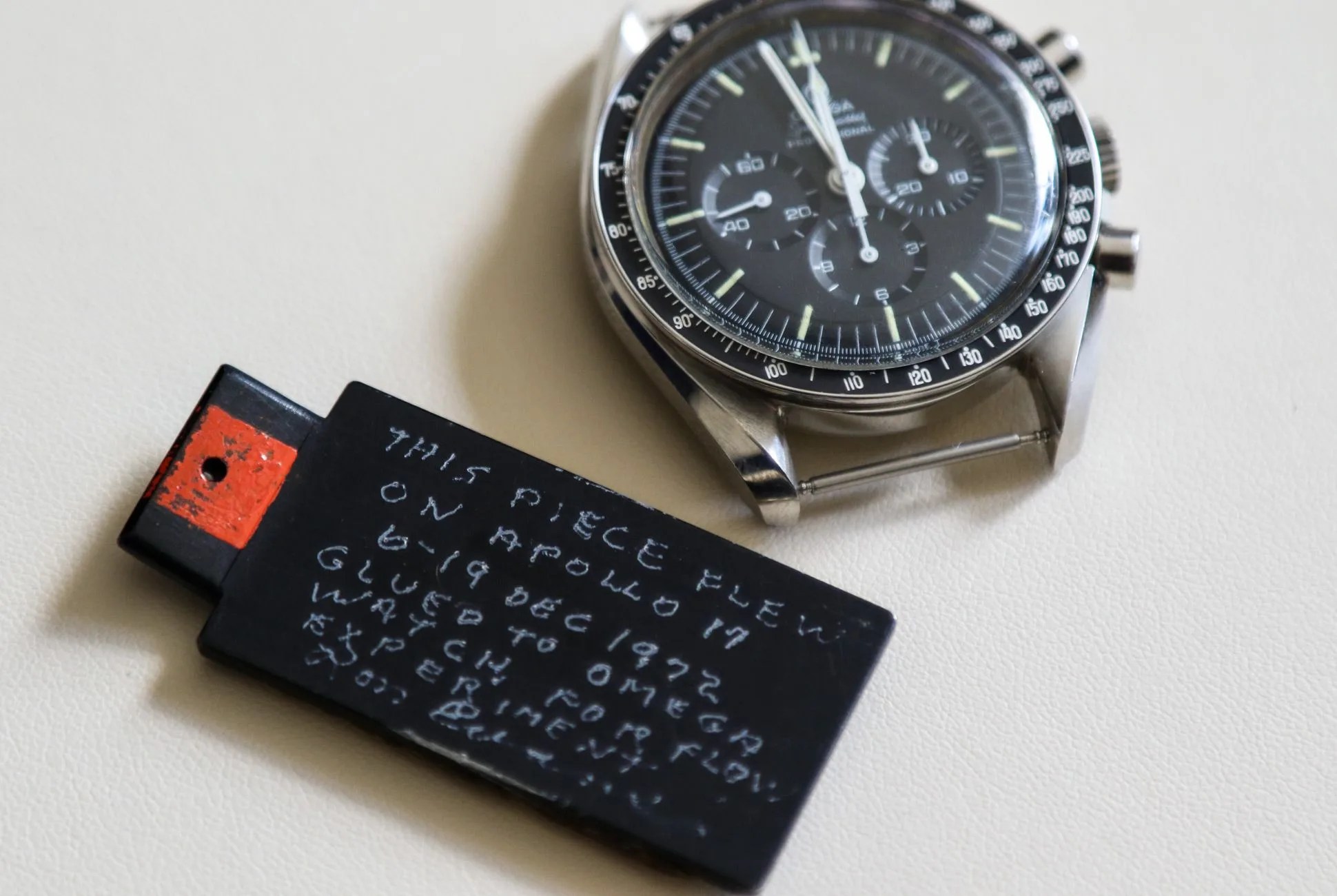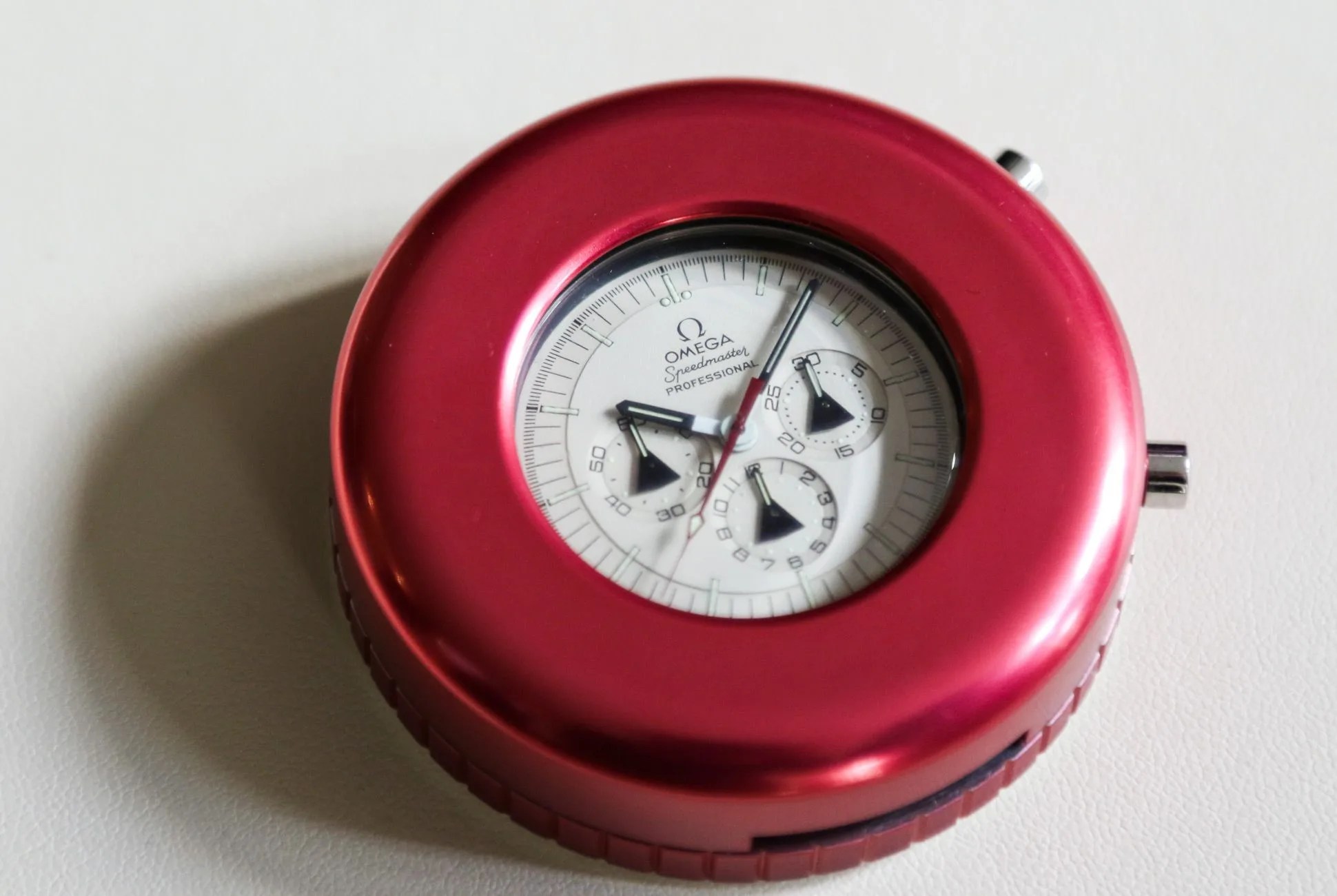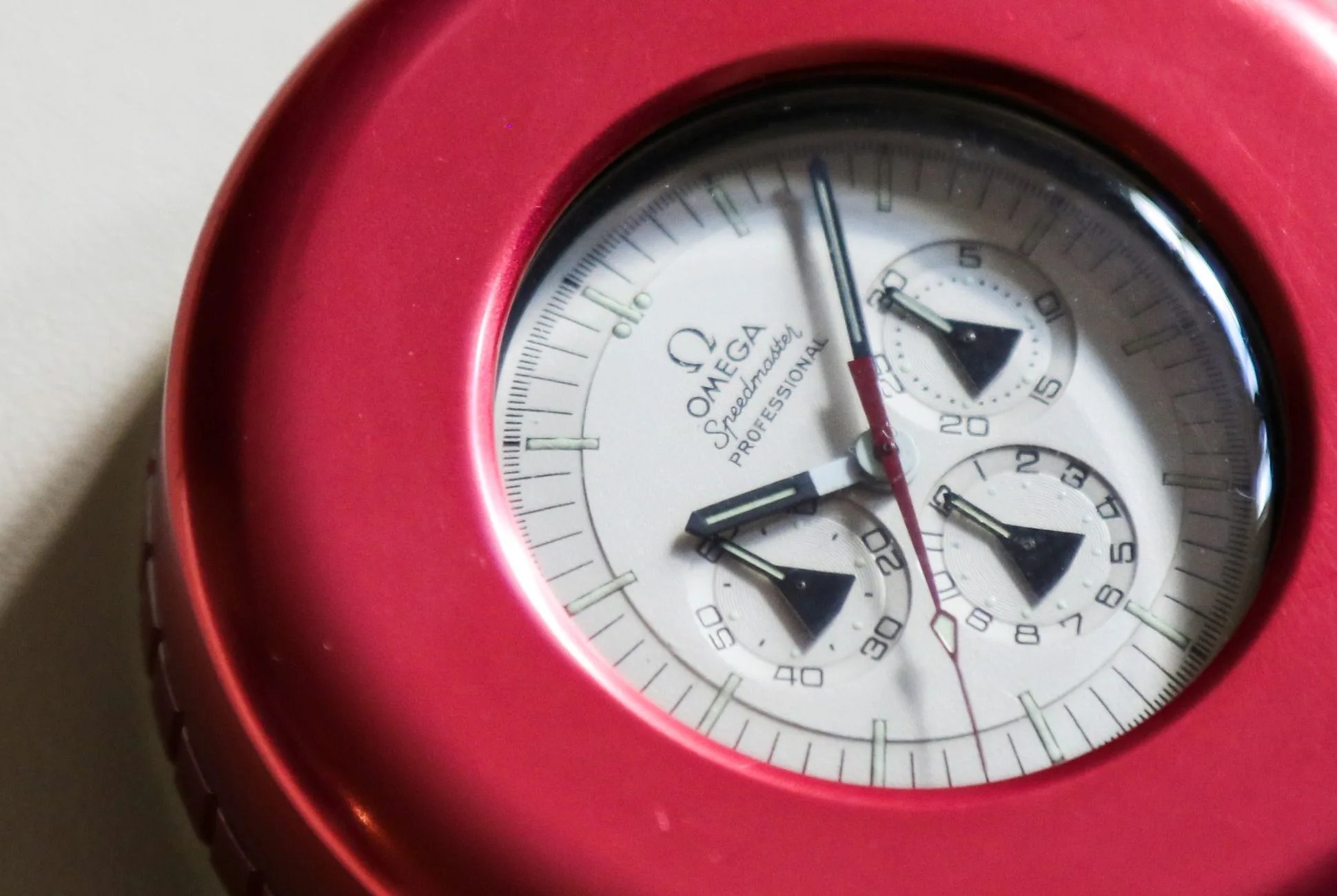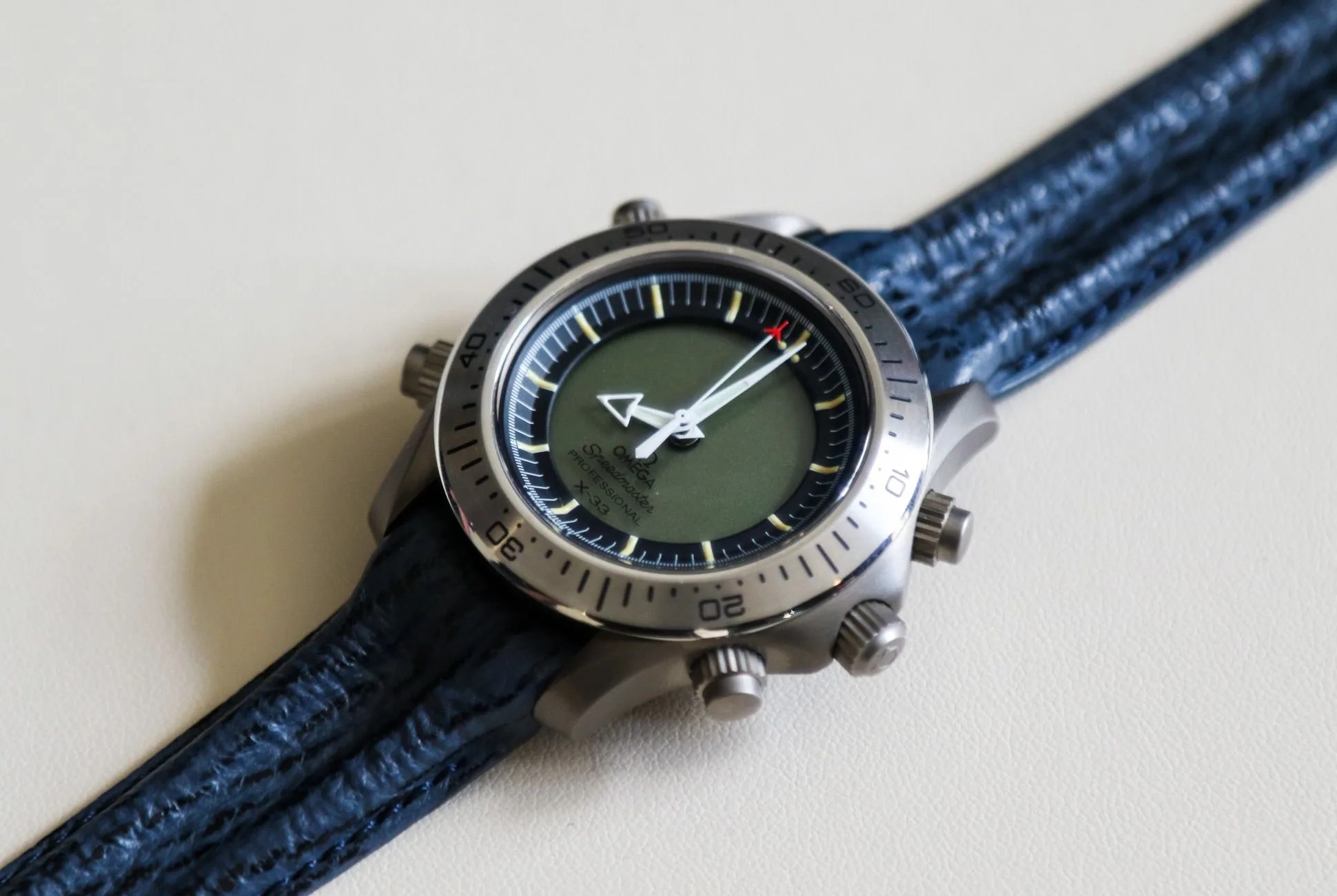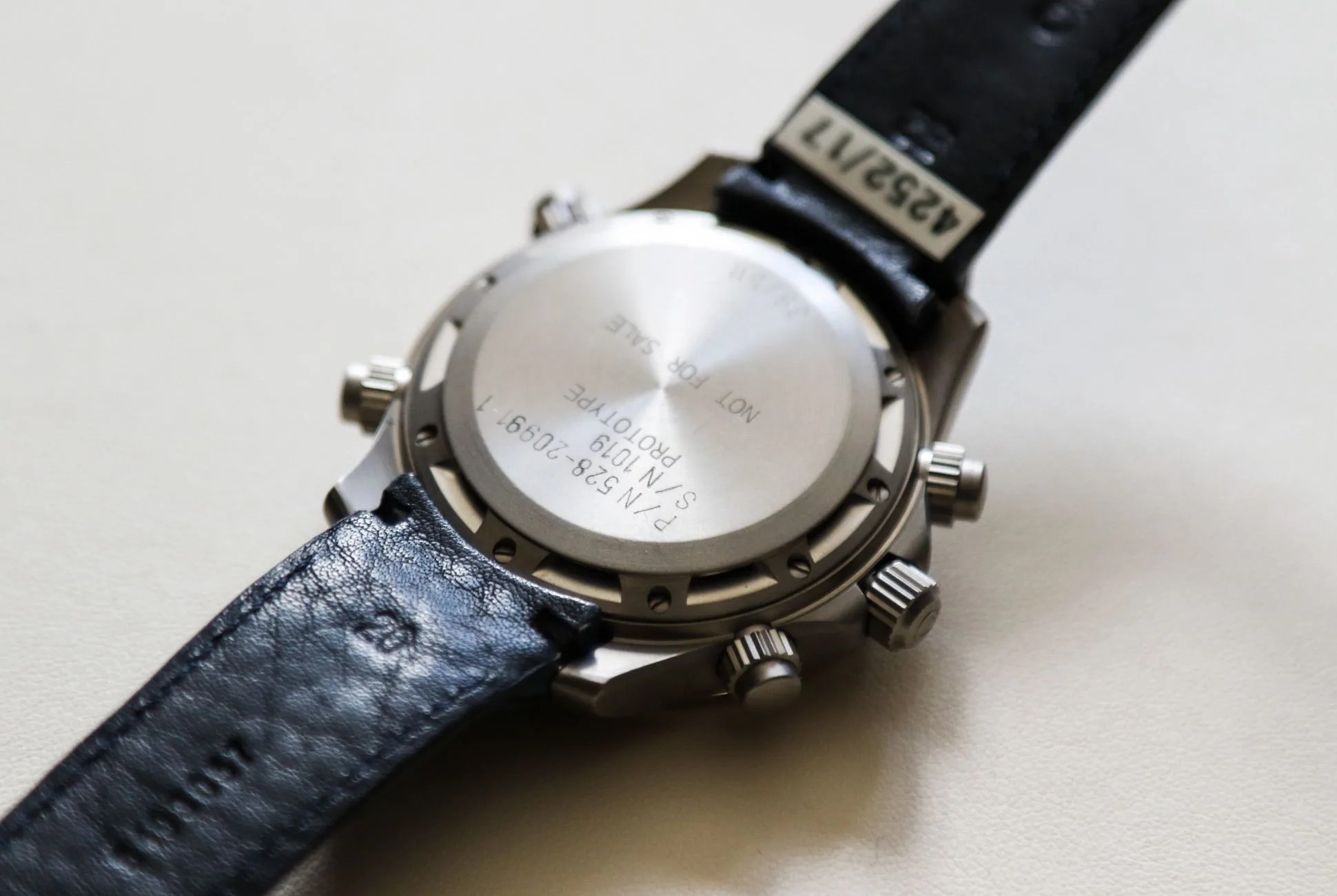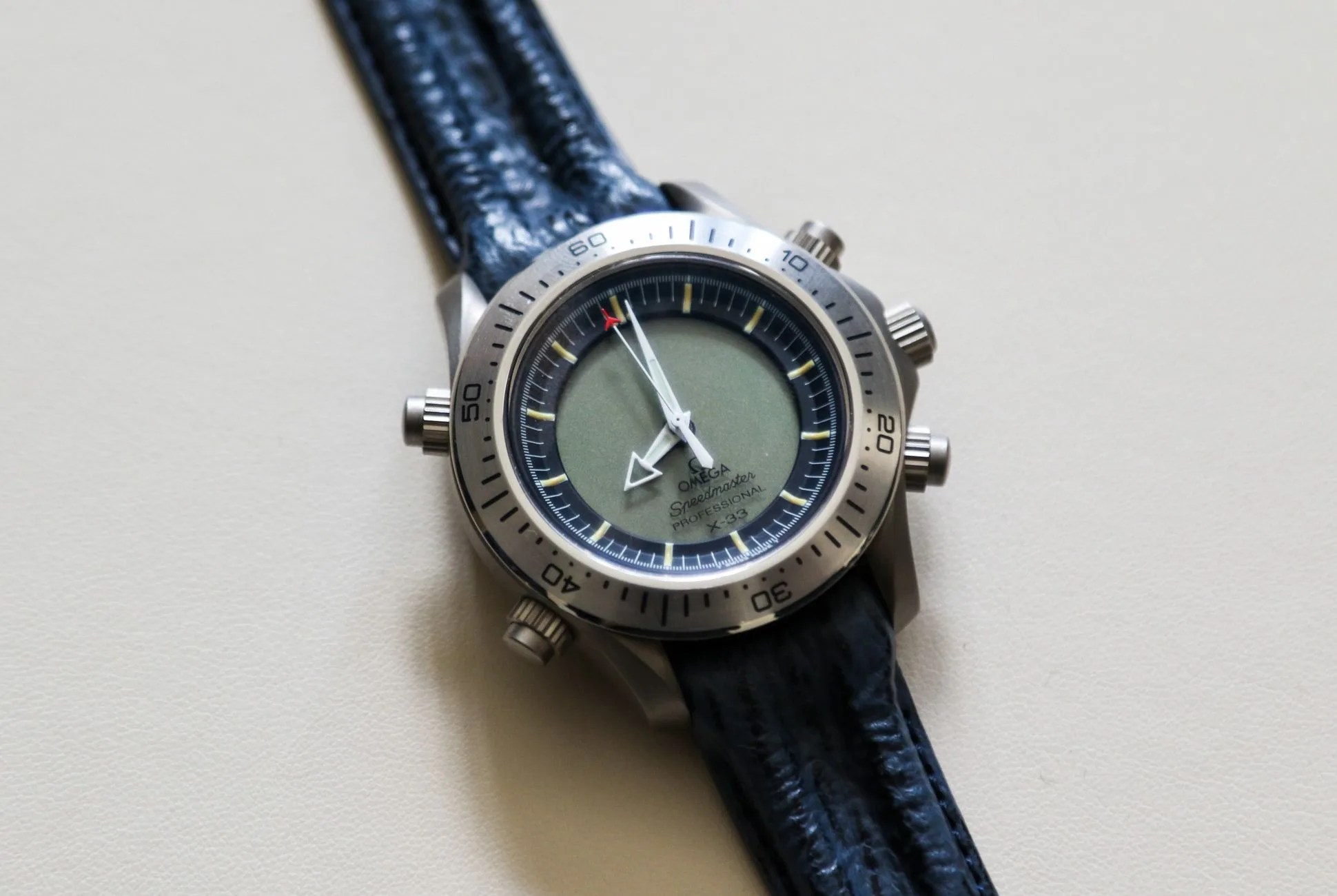When I asked legendary astronaut Buzz Aldrin if there was any specific moment or situation where he his Omega Speedmaster that he remembers as significant during the Apollo 11 mission, the response I got seemed incredibly anti-climactic: “The watch that we had was based on the time back at Mission Control to be aware of what time to sleep, what time to wake up, and to keep track of the people working back home.”
Of course, if you want a heroic anecdote about the Speedmaster as some otherworldly lifesaving instrument of derring-do, its role in getting Apollo 13’s astronauts back home is well known among both watch circles and space geeks. But heroics shouldn’t completely underscore the simpler reason Aldrin and other astronauts have always needed watches in space: like you or me, astronauts have a schedule and need to know when to get up, eat, work, and phone home. As further evidence of this, earlier this year Italian astronaut Paolo Nespoli told Worn & Wound that for his upcoming trip to the International Space Station, he’d be wearing not one, not two, but three watches; otherwise, he has a hard time keeping track of the different times between Italy, the USA and the ISS.
You’d think with modern computers, digital timers and atomic timekeeping, traditional analog wristwatches would no longer have a place in the final frontier, but you’d be wrong. Nespoli and other astronauts for the last 20 years have mainly used the Omega Speedmaster X-33, the Speedmaster’s quartz successor. And as recently as 2014, nearly 50 years since it was first cleared for use in space by NASA, the mechanical Speedmaster Professional has been used by Russian cosmonauts on spacewalks.
It’s fairly astounding that a 60-year-old watch is still the king of timekeeping in space, especially considering that when it was first made, in 1957, it was aimed at car enthusiasts, of all people. Since then, it’s become an icon, and though today you can buy a Speedmaster Professional that isn’t too distinct from the ones that went to space, the timepiece has certainly evolved over the years. To celebrate that evolution, I got a hands-on look at four of some of the Speedmaster’s most historically significant models, which mark distinct moments along the Speedmaster’s lifespan, from a humble diver’s chronograph of the ’50s to a deep-space timekeeping icon.
Omega Speedmaster Ref. CK2915
3 photos
This is the one that started it all. The first Speedmaster from 1957 wasn’t so visually different from the later versions, but there were some notable differences, including a smaller 39mm case and a “broad-arrow” hour hand. When it launched, the Speedmaster was aimed at “men who reckon time in seconds…scientists, engineers, TV and movie directors, athletes and their coaches,” according to one early advertisement — though, more specifically, it was aimed at drivers. The ad illustrated a hypothetical scenario: two car enthusiasts taking a car for a test run and calculating an average speed of 110 mph, thanks to the tacho-productometer — which was, in reality, just what we refer to as a tachymeter scale on the bezel today. Still, it was the first time a tachymeter was featured on the bezel of a watch.
